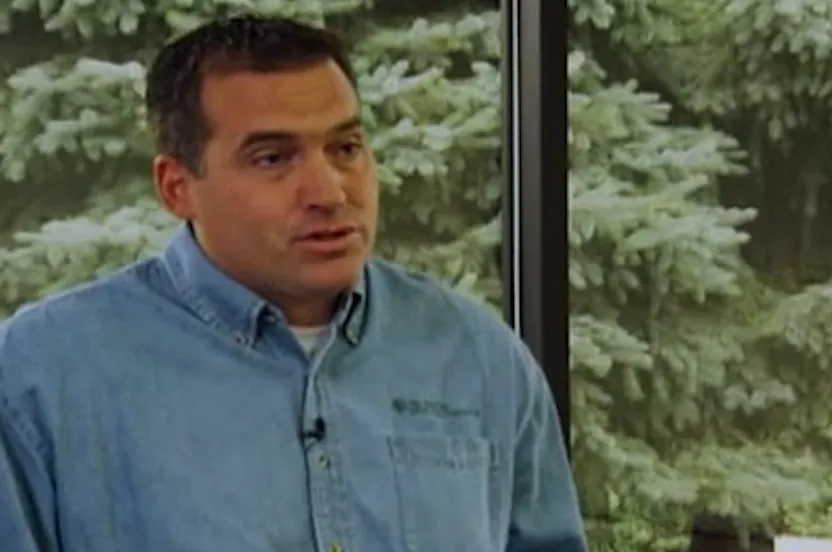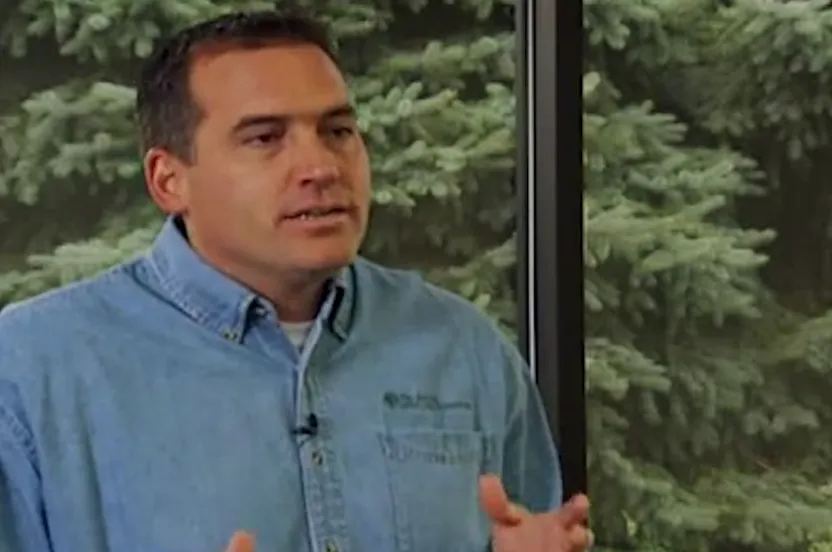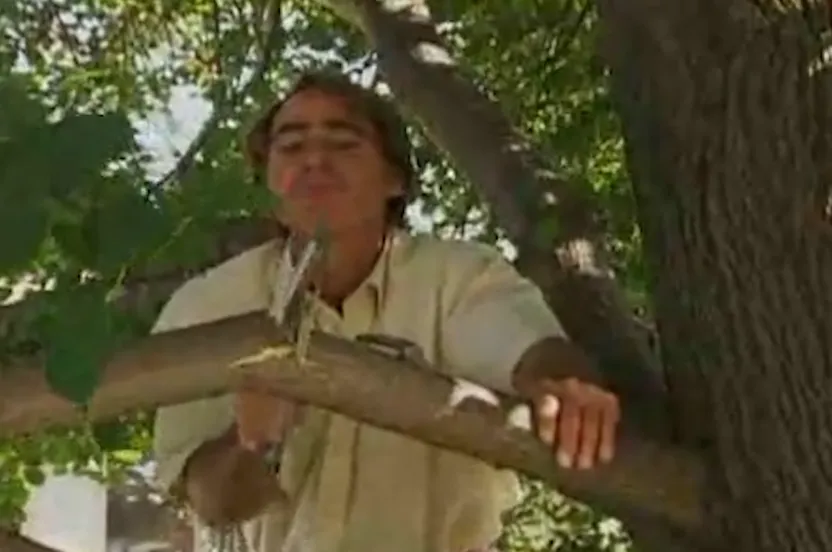Tree Survival Guidelines
Don't try to do it all yourself.
If large limbs are broken or hanging, or if high climbing or overhead chainsaw work is needed, hire a professional arborist.
Take safety precautions.
Look up and down. Be on the alert for downed power lines, hanging branches and broken limbs. Stay away from any downed utility lines, low-voltage telephone and cable lines. Fence wires can also become electrically charged.
Remove any broken branches still attached to the tree.
Removing the jagged remains of smaller-sized broken limbs is a common repair that, if done properly, reduces the risk of tree decay. Smaller branches should be pruned at the point where they join larger ones.
Repair torn bark.
Smoothing the ragged edge of torn bark helps the wound heal faster and eliminates hiding places for insects. Carefully use a chisel or sharp knife to smooth the edges of wounds where bark has been torn away. Limit cambium (greenish inner bark) exposure, as these fragile layers contain food and water lifelines between roots and leaves.
Resist the urge to overprune.
Don't worry if your tree appears unbalanced or naked. Trees heal quickly, grow new foliage and return to their natural beauty.
Don't top your trees.
Professional arborists advise that "topping," or cutting main branches back to stubs, makes your tree more dangerous during future storms and reduces the foliage required for nourishment and re-growth. Never cut the main branches of a tree back to stubs. Ugly, weakly attached limbs will often grow back higher than the original branches and be more likely to break off in a future storm.

Prevent Insects & Disease
Because of its weight a branch can tear loose during pruning, stripping the bark and creating jagged edges that invite insects and disease. To prevent that follow these steps:
- Make a partial cut from below, several inches away from the trunk.
- Make a second cut from above several inches out from the first cut, to allow the limb to fall safely.
- Complete the job with a final cut just outside the branch collar (the raised area that surrounds the branch) where it joins the trunk.


